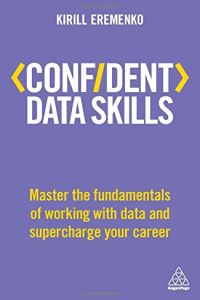
Confident Data Skills
Master the Fundamentals of Working with Data and Supercharge Your Career
Read or listen offline
Amazon KindleRecommendation
Data scientist, entrepreneur and author Kirill Eremenko is enthusiastic about how data science can solve real-world problems, including in medicine and business. A former consultant and now CEO of the online educational portal SuperDataScience, he’s writing both for business leaders and for novice college grads investigating data science careers. Eremenko details the “Data Science Process” and explains algorithms in a way even readers with no technical background can understand. His clear manual will help anyone who wants to understand the processes and potential of data analytics.
Summary
About the Author
Kirill Eremenko, CEO and founder of the online education portal SuperDataScience, provides online courses to more than 300,000 people.









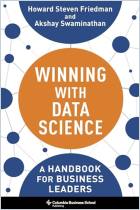
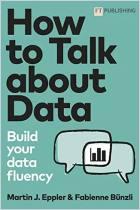
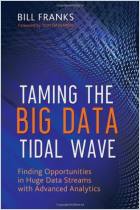
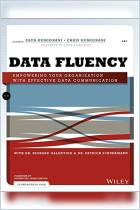
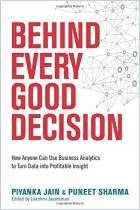
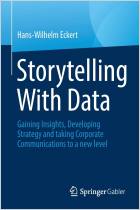




Comment on this summary or Comenzar discusión